Sunday Classic / Casting for Distance

Saltwater fly fishing often calls for long accurate casts for the chance of success, and quite often it holds just as true on your favorite trout streams. Of the countless hours I’ve spent guiding my trout clients the past ten years, I’ve witnessed over and over again, how important just a couple more feet of distance can be in getting a trout to eat. You just can’t always approach a hole and make a routine short cast. Often no matter how stealthy you are, you’ll spook the fish if you try getting closer. Occasionally, obstacles such as low hanging trees can make it impossible to get the proper casting angle unless your standing farther away. Other times you may run into a situation where different current speeds between you and your target require a longer cast to get an adequate drag free drift. That’s why it’s so important for fly anglers to get comfortable making above average casts. I’m not saying you have to be able to bomb out eighty feet of line, or that you’ll have to make super long casts all the time either. I’m just saying, there are times when you won’t be fishing that angler friendly pocket water that just calls for short roll casts and quick high-stick drifts. You need to be prepared to make longer casts when the need arises. Believe it or not, quite often trout will follow your flies down stream a good ways before deciding to eat. If your fly gets too close to you the trout will often see you and won’t eat. Making a longer presentation will provide that buffer zone for the trout to inspect and eat without seeing you. Remember that trout don’t have eyes in the back of their head as well. If you don’t get … Continue reading
Read More »Saturday Shoutout / Fly Tying Hook Up

Hatches Magazine Hatches fly tying magazine is only sent out annually, but what’s really cool is there regular newsletter I receive packed with tons of fly tying content. Even better is it’s large archive of fly patterns that show you step by step instructions on how to tie them up. Big tiers in the industry submit fly patterns to them and you’ll find lots of unique fly patterns for all species. Kent Klewein Gink & Gasoline www.ginkandgasoline.com hookups@ginkandgasoline.com Sign Up For Our Weekly Newsletter!
Read More »Are Gold Beads Out or Is it just all in our heads?
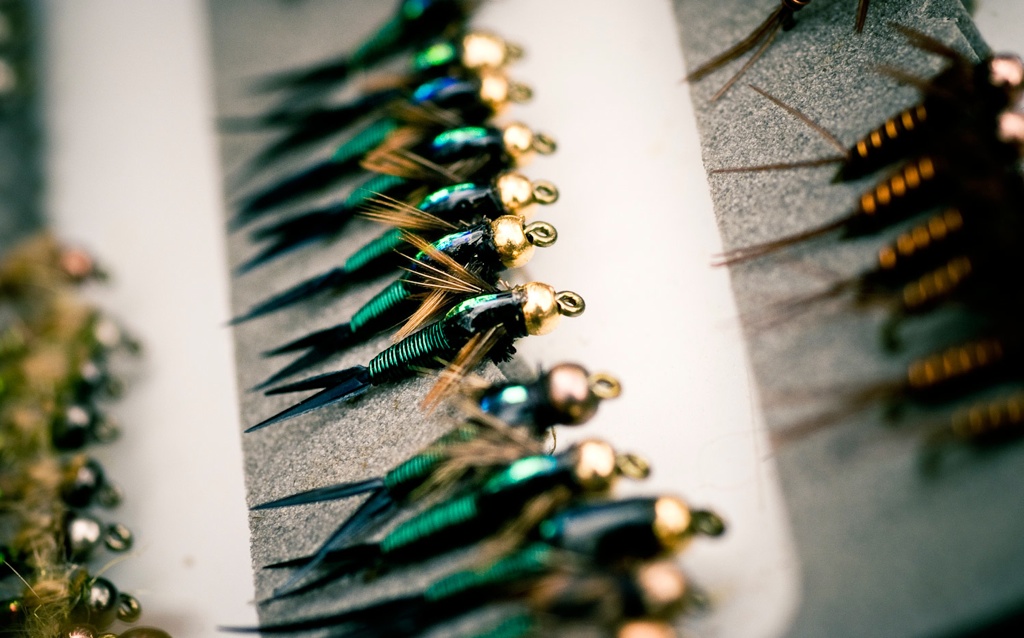
When I first started guiding for trout it seemed like every nymph in the fly bin had a gold bead on it. Everyone caught fish on them and you didn’t hear of anyone back then shying away from using them. So why do I find myself so reluctant to use them on the water these days? For some reason they don’t seem to work as good for me anymore. Maybe the trout have caught on from everybody using them, or it’s worked its way into their DNA as being a negative trait. More than likely it’s just the fact that there’s so many different colored bead options available to fly fishermen nowadays. Whatever it is, I’ve got a serious confidence issue with gold beads that keep them staying high and dry in my fly box. What’s your take on gold beads? Kent Klewein Gink & Gasoline www.ginkandgasoline.com hookups@ginkandgasoline.com Sign Up For Our Weekly Newsletter!
Read More »Sunday Classic / Lionfish – Hell on the Ecosystem

Lionfish may be the mother of all invasive species. Take a moment to think about this: a lionfish (native to the Indo-Pacific) has no natural predators in the Atlantic ocean. It can live up to fifteen years, reaching sexual maturity in less than a year. Once mature, a pair can spawn as often as every four days. A single mature female can produce up to two million eggs per year and they will tolerate a population density of two hundred adults per acre. Just the math involved scares me, but you don’t even have to get out the calculator to see where this is going. Introduced in several locations in Florida as a result of aquarium damage during hurricane Andrew, lionfish have been making their way around the Caribbean and east coast of the US for the past twelve years, but in the last three years the population has exploded. They are now found as far north as North Carolina and south into South America. They are rampant in the Bahamas as well as the Florida Keys and are now common in the Florida panhandle. Why am I so worried about this beautiful tropical fish? Here are a few more fun lionfish facts.
Read More »Saturday Shoutout / SCOF November Issue
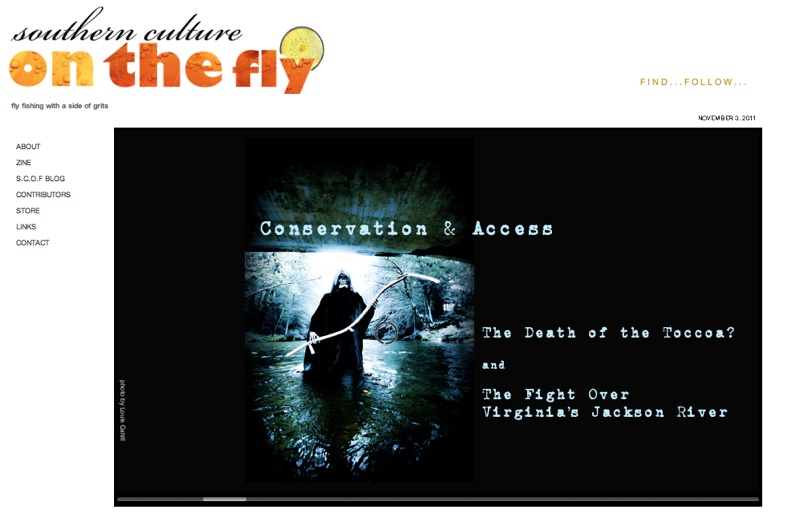
This week we recommend you check out Southern Culture on the Fly – November 2011 Issue We’re friends with Dave & Steve at Southern Culture on the Fly, but that’s not why we’re recommending you check out their online fly fishing magazine. There ezine is top notch, very entertaining and packed with the latest southeast fly fishing news, fishing chatter, and video. And their witty humor throughout will have you busting a gut laughing. Well done gentlemen at SCOF. Keep it Reel, Kent Klewein Gink & Gasoline www.ginkandgasoline.com hookups@ginkandgasoline.com Sign Up For Our Weekly Newsletter!
Read More »A Closer Look
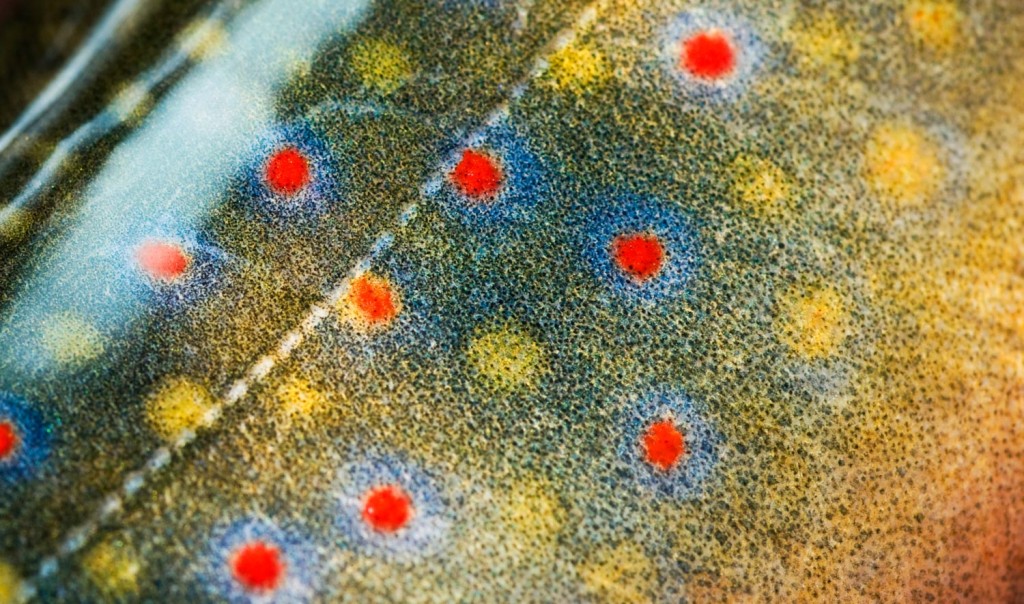
In honor of fall here’s a closer look at male Southern Appalachian Brook Trout in spawning colors. This little guy is clearly a mature adult at four inches long. Perfect. Louis Cahill Gink & Gasoline www.ginkandgasoline.com hookups@ginkandgasoline.com Sign Up For Our Weekly Newsletter!
Read More »The Grandbaby

Up in the North Georgia hills up past Suches, up about Hells Holler and Devils Den they tell a story. They say that when the leaves turn the color of blood and the moon hangs like a old orange pumpkin in the sky and a cold wind blows down out of Big Frog, an age old ritual comes to pass. The elders take the youngest of the clan and dress them in their finest denim and trucker hats and lead them down out of the hills. Down to where the water runs cold and deep. Down in the shade of the ironwood tree. Down by the big rock at the bend in the river with worms and crickets and then there’s blood. Lots of blood. That’s when it does its worst. The Grandbaby. Happy Halloween From G&G! Seriously guys, teach your kids that it’s more fun to release a fish than to kill it. And if you want to read something really scary, check out Kent’s story on the death of the Toccoa River in Southern Culture on the Fly. The new issue launches tomorrow! Louis Cahill Gink & Gasoline www.ginkandgasoline.com hookups@ginkandgasoline.com
Read More »Sunday Classic / Big Fish Require Slow Hook Sets On Top
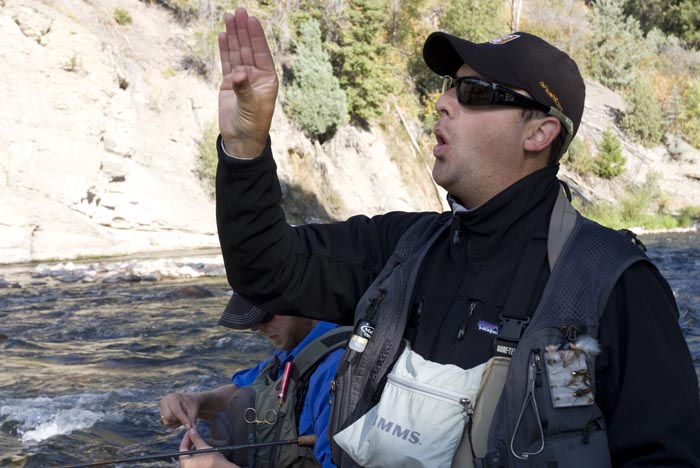
If any of you have fished for cutthroat trout with dry flies you know most of the time you need to wait a good while on the hook set. The first time I fished for cutthroats I missed many more takes than I care to share. Cutthroat trout are known for their slow motion rises, and if you set the hook too quick, you’ll end up just pulling the fly out of the trout’s mouth. Just like cutthroat’s, big rainbow and brown trout also require you to count, 1 Mississippi, 2 Mississip…in your head before you set the hook to ensure consistent hook ups. If you can still see the fish eating your fly you need to wait longer. A big trout comes up, opens it bucket mouth, and usually doesn’t close it fully until it’s submerged completely below the surface. And if a fish is chasing after and eating your dry fly moving downstream, you have to wait even longer. Keep in mind also that the bigger your dry fly, the longer you need to wait on your hook set as well. If your fishing a big size 4 extended body foam hopper, you’ll want to make sure the trout gets all of the fly in it’s mouth. Quick hook sets will often result in the fish just getting the tail end of the fly in its mouth or you’ll get what I call a hair lip hook up, that quickly results in a spit fly. Every angler no matter what their skill level, will end up setting the hook too quickly occasionally. Especially when trout catch you off guard when your scratching that nagging itch or looking at another trout rising. Just remember to give the big boys plenty of time to munch on your fly before … Continue reading
Read More »Saturday Shoutout / Bring It On Home

This week, two very different perspectives, on two very different homes and some exceptional writing. “In the Impressionist Wing”, from Mysteries Internal. Erin Block, a wonderful writer, on becoming a mountain woman. “Lights Go Out On A Fly Fish Frat House” Lo Fi Fly, on the end of all good things. Makes me sad I missed it! Louis Cahill Gink & Gasoline www.ginkandgasoline.com hookups@ginkandgasoline.com
Read More »Why Can’t There Be Heated Fly Rods
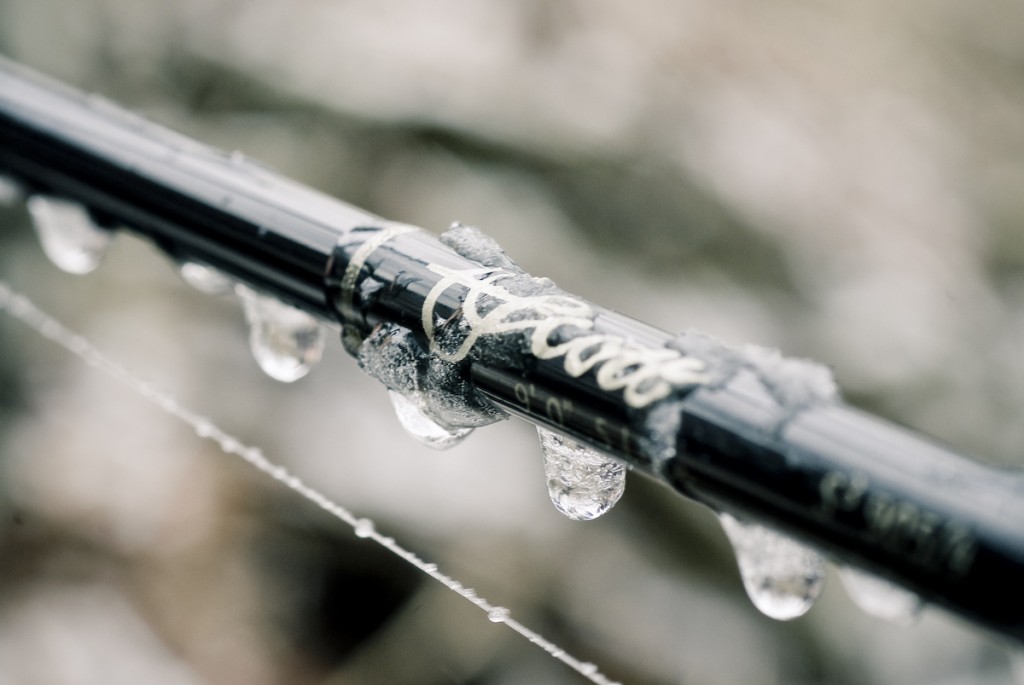
I’ve got a special request for Santa Claus this year. Bring me my very own, one of a kind, heated fly fishing rod, damn it! I’m fed up with having to de-ice my guides every other cast during the winter. And how nice would it be to have a heated handle to hold onto all day, to help keep the dexterity in your fingers. Come on, I know I’m not the only person out there that would love to see this become reality. My good friend Murphy a.k.a. Charlie Murphy, brought this ridiculous but legitimate request to my attention. This guy is so hardcore, he’ll throw rocks into a river frozen over, to break holes so he can cast a fly into them. After talking on the phone about the idea, we both agreed we had to find out the scoop to see if a heated fly rod existed. Murphy volunteered to do some research and here’s what he found. In 1995, someone actually invented and patented, a heated fishing rod. It’s not a fly rod but damn close, and I’m sure it could be tweaked so a one piece fly rod design would work.. Click the Photos for a larger view, or you can click the link to visit a full size .pdf document of the U.S. Patent. Heated Fishing Rod – US Patent Maybe we’ll get lucky and one of the fly rod companies out there will read this post and get inspired. I know one thing, if a rod company did manage to bring the heating element to the table, I bet just about every fly fisherman would purchase one. I know I would, hell I’d purchase four at least. That way I’d finally be able to convince my clients to come fishing with me … Continue reading
Read More »